Cheese is one of those kitchen staples that many of us always keep in the fridge. From a quick snack to a gourmet platter, it’s a crowd-pleaser. But if you’ve ever reached for your favorite wedge only to spot suspicious white, blue, or green fuzz… your heart probably sank.

Before you panic and toss it in the trash, let’s take a closer look. Mold and cheese actually have a long-standing relationship - one that starts way before the cheese ever hits the store shelves. In fact, certain types of mold are essential to making the delicious varieties we love, like creamy Brie or sharp blue cheese. The tricky part? Not all visible mold is safe to eat, and knowing the difference can save both your taste buds and your health.
“All cheeses are ripened through the actions of various microbes, both invisible and visible, including molds, fungi, yeasts and more,” says Jamie Png, a certified cheese professional with the American Cheese Society. “So if you’re looking for something mold-free, you might find it difficult.”
Still, seeing unexpected mold spots appear on your cheese - especially when they weren’t there yesterday - can be unsettling. Whether you can simply cut it off or need to throw it out depends on the type of cheese you’re dealing with and how the mold developed. In this guide, we’ll break down what mold on cheese really means, how to tell good mold from bad, and the safest way to handle it.
💡 If you’re interested in a delicious Czech treat that embraces bold flavors, check out this fried cheese specialty - proof that cheese can surprise you in more ways than one!
Why Do Some Cheeses Have Visible Mold?

If you’ve ever admired the striking blue veins of gorgonzola or the snowy white rind of a wheel of brie, you’ve already seen intentional mold at work. According to Mark Johnson, assistant director at the Center for Dairy Research at the University of Wisconsin–Madison, these colorful streaks and velvety coats aren’t a flaw - they’re part of the cheese’s identity.
In fact, mold is often what gives these cheeses their distinct flavor, texture, and aroma. From the earthy depth of Camembert to the tangy punch of Roquefort, the right mold can transform a humble curd into a world-class delicacy. Johnson reassures cheese lovers that enjoying these varieties - rind, veins, and all - is perfectly safe.
Trevor Craig, a food safety expert and corporate director at Microbac Laboratories, explains that when you buy cheeses made with natural mold, the growth should be:
-
Uniform – evenly spread throughout or coating the cheese
-
Consistent in color – no odd patches or suspicious hues
-
Integrated into the cheese – not just sitting on the surface
On the other hand, unwanted mold is a different story. Craig notes that harmful or spoilage mold usually:
-
Appears only on the outer edges
-
Has a different color or texture than the cheese’s natural mold
-
Looks fuzzy or powdery, often with visible spores
Understanding this difference is key - because while some mold is a gourmet’s best friend, other molds are clear signals that it’s time to rethink that snack.
What to Do When You Spot Unwanted Mold on Cheese
Cheese should look pretty much the same as the day you brought it home - especially if you’ve been storing it properly in the fridge. But if you see fuzzy patches or unusual spots on a cheese that shouldn’t have mold (think mozzarella, cheddar, or Swiss), that’s your cue to pause before taking a bite.
Jamie Png, a cheese industry professional with the American Cheese Society, says you should avoid eating these moldy spots. While most won’t make you seriously ill, Mark Johnson from the Center for Dairy Research points out that the flavor will likely be unpleasant, and the texture off-putting.
Hard Cheeses - Cut, Don’t Toss

If you notice mold on firm varieties like Parmesan, aged cheddar, or Gouda, there’s good news: you can usually save them. Trevor Craig of Microbac Laboratories suggests:
-
Cut at least 1 inch around and below the moldy area - this ensures spores don’t spread into the part you keep.
-
Avoid cutting directly through the mold, as this can contaminate the rest of the block.
-
Wrap and store the remaining cheese properly to prevent new growth.
Soft Cheeses - Say Goodbye
Soft cheeses (ricotta, cottage cheese, cream cheese, fresh mozzarella) are another matter. Their high moisture and looser structure allow mold to spread invisibly. If you see any mold, even a small spot:
-
Discard the whole container
-
Don’t try to scoop off the mold - it’s already likely spread.
Beware of Toxic Molds
While most cheese molds aren’t dangerous, Png warns that black or dark red mold is a serious red flag. Though rare, these can produce harmful toxins, and any cheese showing these colors should be thrown away immediately.
💡 Bottom line: unwanted mold on cheese is usually more of a taste issue than a health emergency - but knowing when to salvage and when to toss will keep your cheese safe and delicious.
Signs Your Cheese Isn’t Safe to Eat
Cheese may be a fridge favorite, but even this beloved dairy delight has an expiration date. While many cheeses are naturally long-lasting, they’re not immune to spoilage - and knowing the warning signs can save you from an unpleasant (or unsafe) bite.
Trust Your Nose (and Taste Buds)
Mark Johnson of the Center for Dairy Research explains that even though some cheeses are famous for their bold aromas and tangy flavors, they should still taste and smell like the variety you bought. If your cheddar suddenly has a strange chemical tang, or your Brie smells more like paint thinner than butter - that’s a bad sign.
-
Kerosene-like flavor or a taste reminiscent of a Band-Aid 🩹 can indicate that mold has penetrated deep into the cheese. In such cases, it’s best to toss it entirely.
The Invisible Risk - Harmful Bacteria
Trevor Craig of Microbac Laboratories reminds us that you can’t see dangerous microbes like E. coli or Salmonella. But you can watch for changes that suggest bacterial growth:
-
Unexpected color changes - yellow spots on a white cheese, or blue where it doesn’t belong
-
Slimy or sticky surface - especially concerning on harder cheeses
-
Watery residue - for soft cheeses, a clear or cloudy liquid pooling is a spoilage red flag
-
Unwanted mold - deal with it according to the cheese type (trim for hard cheese, toss for soft)
Quick Rule of Thumb
If your cheese looks, smells, or tastes different in a bad way, it’s safer to discard it than risk foodborne illness. A few dollars saved isn’t worth a stomachache - or worse.
How to Store Cheese the Right Way
Proper storage is the secret to keeping your cheese fresh, flavorful, and mold-free for as long as possible. According to the U.S. Department of Agriculture (USDA), here’s what you can expect when stored correctly:
-
Hard cheeses (like cheddar, Parmesan, Gouda): 3–4 weeks after opening
-
Soft cheeses (like Brie, ricotta, cream cheese): about 1 week after opening
The Best Place in Your Fridge
Jamie Png, cheese industry expert, recommends storing cheese in your refrigerator’s crisper drawer. Why? It offers a stable, slightly more humid environment that’s perfect for preserving texture and flavor.
Wrapping Matters - Here’s Why
-
Best option: Cheese paper or wax paper - lets the cheese breathe while keeping excessive moisture away.
-
Avoid: A plastic zip-top bag or sealed plastic containers - these trap moisture, encouraging unwanted mold growth.
-
Okay alternative: Tight plastic wrap, but if you have a vacuum sealer, that’s even better for long-term freshness.
Special Rule for Blue Cheeses
Store blue cheeses separately from other varieties. Their mold is harmless in its own cheese but can easily spread to others in your fridge.
Regular Check-Ups
Png suggests inspecting your cheese every few days. Cheese sellers do this daily - trimming away small, natural mold spots to keep their stock in peak condition. You can do the same at home:
-
Look for small surface spots of mold.
-
Trim them promptly on hard cheeses.
-
Rewrap in fresh cheese paper or wax paper.
💡 By treating your cheese like a cheesemonger would, you’ll extend its shelf life and enjoy every slice at its best.



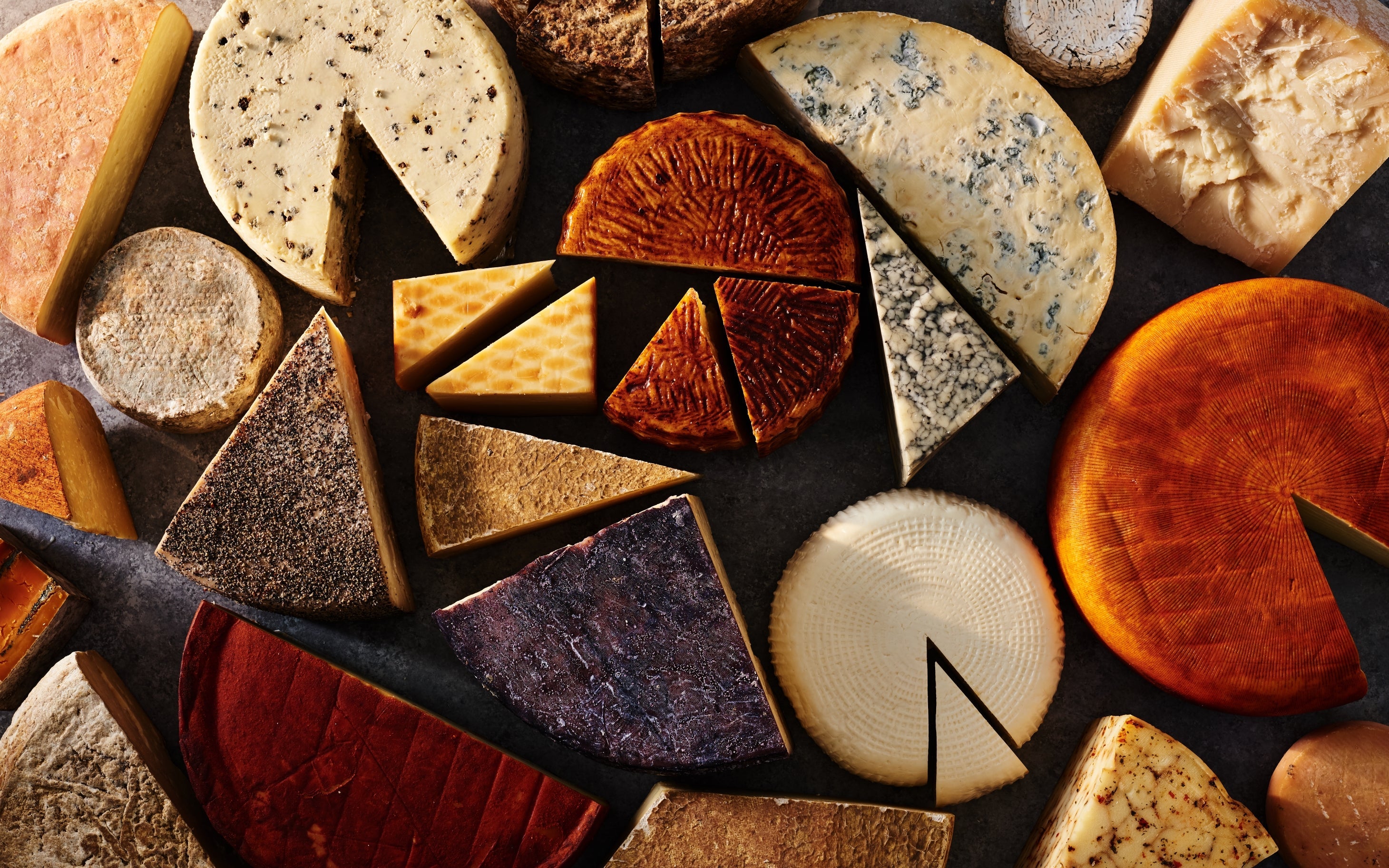
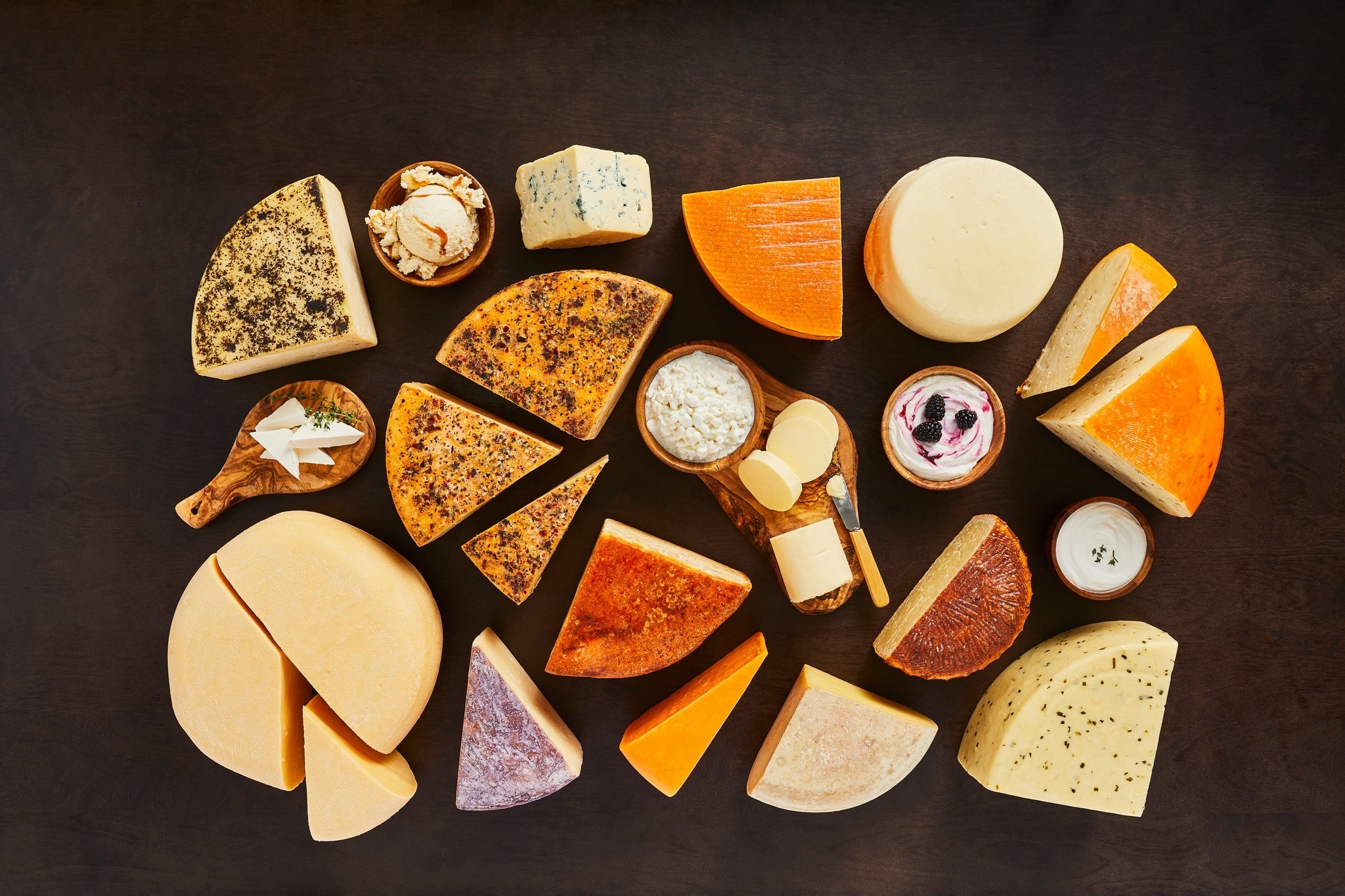
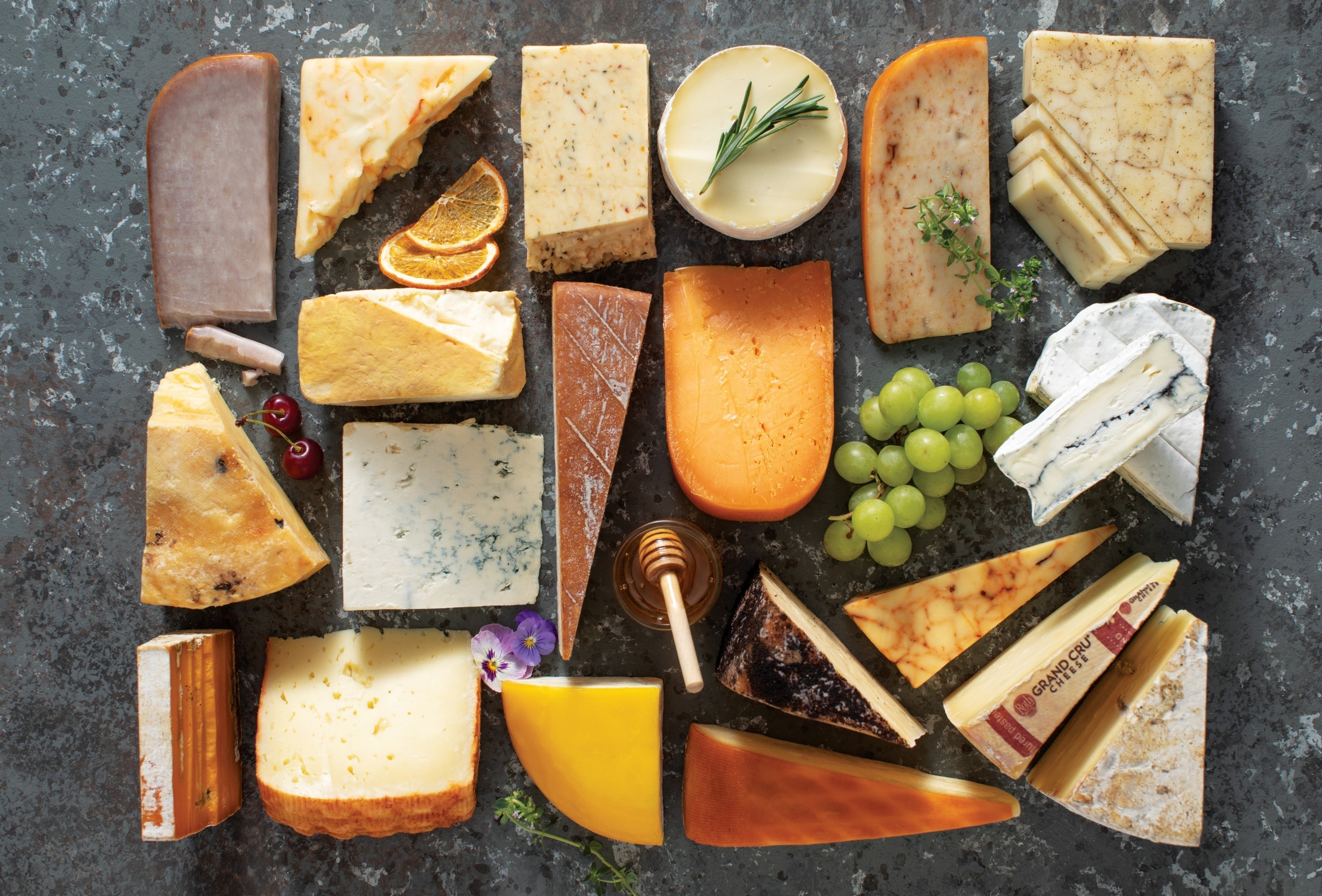


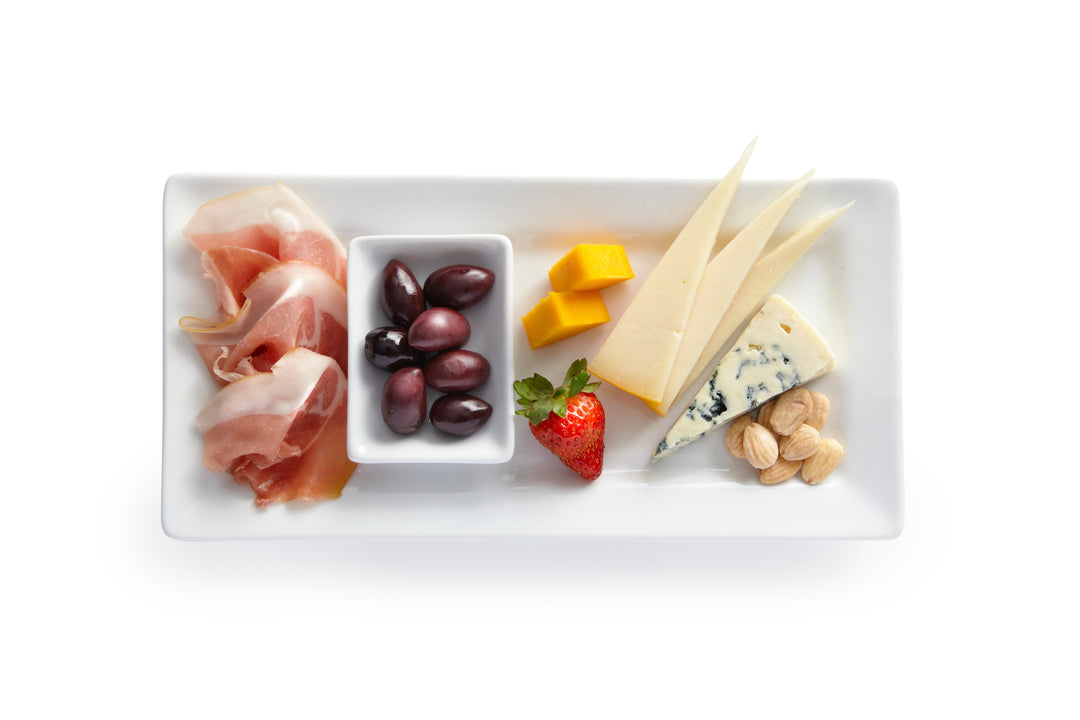
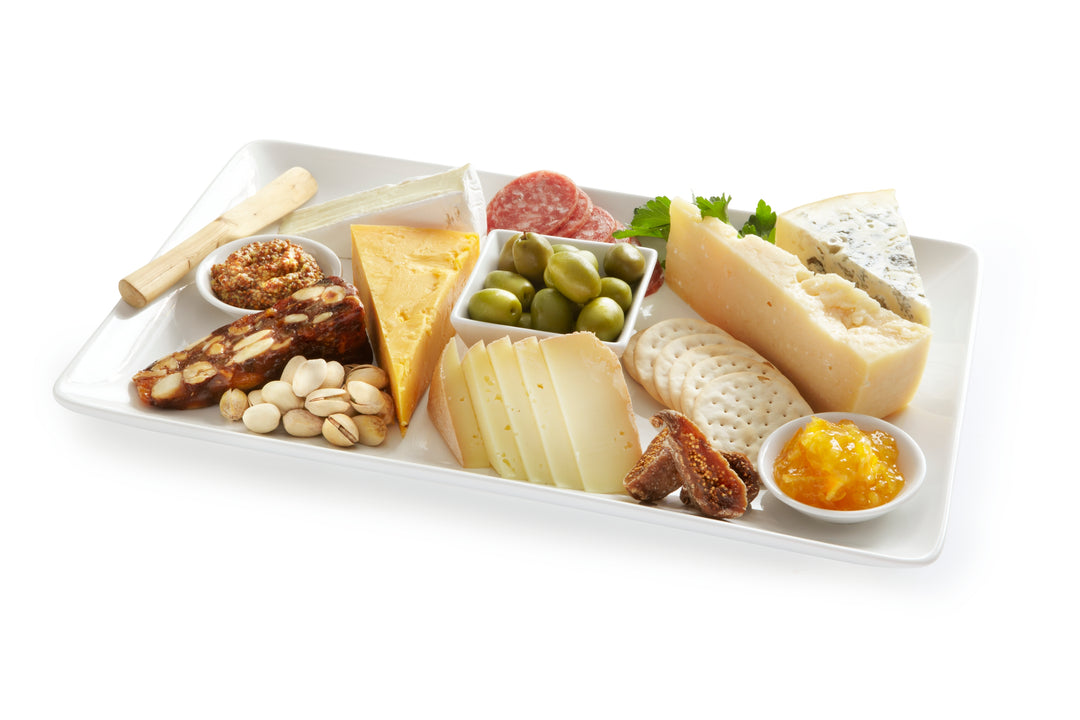
Leave a comment